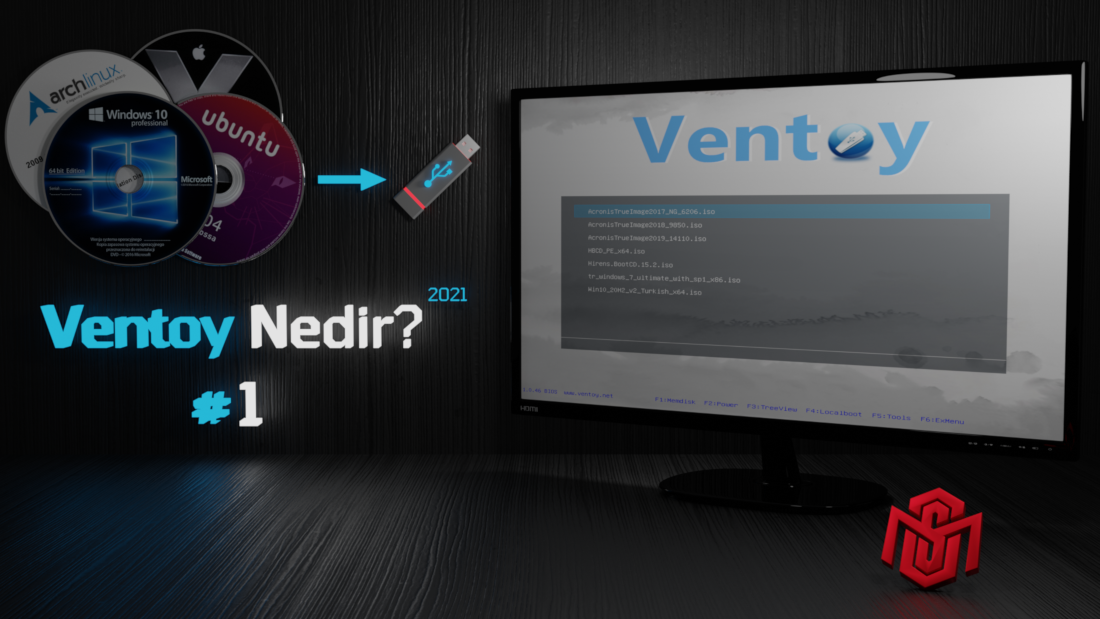
An example of this would be:įor more information about the use of this program in Gnu / Linu, users can consult the official project page. We will have to download the latest version of the tool and run the script with the -u option, followed by the USB drive.
#Ventoy how to
For more information on how to configure a persistent USB drive, you can follow the configuration instructions offered on their website.

This is nothing more than an over-the-top explanation. Then we will have to paste the file to be created on the USB. For this we will have to move to the folder where we have extracted the files, where are the scripts with extension. If we don't specify anything, a 1GB space will be created. To configure the persistent USB drive, we have to run the script CreatePersistentImg.sh, specifying the space that we want to assign. With this we will ensure that the next time we start, the changes made will still be there. iso images to USB drive.Īfter all the ISO files are in place, we can start using our LIVE USB.Īnother interesting option that the application will allow us is the possibility of creating a space in the unit to save the changes that we make in the system. To know which is the correct path, we can execute the following command: sudo parted -l In the above command, you need to change the path of the USB drive ( / Dev / sd). Just we will need download it from your releases page, extract it and we can execute it from the terminal (Ctrl + Alt + T) with a command like the following:Įxecuting this step deletes all the files on the unit, so we must be clear about what we are going to do. The installation of this tool is very simple. They can consult all of them in detail from the project website. These are just some of the features of the program. Non-destructive data during the version update.Dynamic boot configuration file replacement.

Files of injection to runtime environment.Solution boot Linux vDisk (vhd / vdi / raw…).

#Ventoy install


 0 kommentar(er)
0 kommentar(er)
